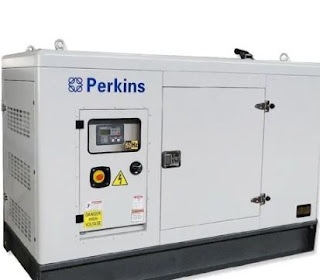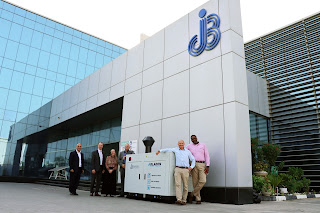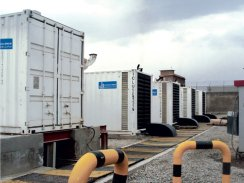Troubleshooting Common Generator Issues: A Comprehensive Guide
Generators are valuable assets that provide backup power during emergencies or in areas where access to electricity is limited. However, like any mechanical device, generators can experience issues that hinder their performance. In this blog post, we will explore some common generator problems and provide troubleshooting steps to help you diagnose and resolve these issues effectively. By understanding how to troubleshoot generator problems, you can ensure your generator functions optimally when you need it most.
Failure to Start:
One of the most frustrating generator problems is when it fails to start. This could be due to various factors, including:
- Fuel Issues: Check the fuel level and ensure it is adequate. Also, verify that the fuel is clean and free from contaminants. If necessary, replace the fuel or clean the fuel filter.
- Battery Problems: Inspect the battery for loose connections, corrosion, or low charge. Clean the terminals and ensure the battery is fully charged. If the battery is old or damaged, consider replacing it.
- Faulty Starter Motor: If you hear a clicking sound when attempting to start the generator, it could indicate a faulty starter motor. In such cases, professional assistance may be required.
Engine Fails to Stay Running:
If your generator starts but shuts off shortly after, several issues could be at play:
- Low Oil Level: Check the oil level and top up if necessary. Running a generator with insufficient oil can cause engine damage. Ensure the oil is of the correct type and grade as specified in the manufacturer's manual.
- Dirty Air Filter: A clogged air filter restricts airflow to the engine, leading to stalling. Clean or replace the air filter as recommended by the manufacturer.
- Fuel Delivery Problems: Inspect the fuel lines and ensure they are not clogged or damaged. Check the fuel pump and carburetor for any issues. Clean or replace components as needed.
Generator Overheating:
Overheating can damage the generator's engine and affect its performance. Here's what to look for:
- Blocked Cooling System: Inspect the cooling system, including the radiator or cooling fins, and remove any debris or obstructions. Ensure proper airflow around the generator.
- Low Coolant Level: Check the coolant level and add coolant if needed. Ensure the coolant mixture is as per the manufacturer's recommendations.
- Faulty Temperature Sensor: A malfunctioning temperature sensor can cause false readings, leading to overheating. Consider having the sensor tested or replaced by a professional.
Electrical Issues:
If the generator is not supplying power or is experiencing electrical problems:
- Check Circuit Breakers: Verify that the circuit breakers are in the "ON" position. If they trip repeatedly, there may be an electrical overload or a faulty component.
- Inspect Wiring Connections: Ensure all wiring connections are secure and free from corrosion. Loose or damaged connections can disrupt power delivery.
- Voltage Regulator Troubles: If the voltage output is inconsistent or too high/low, the voltage regulator may be faulty. Consult a professional to test and repair or replace the regulator.
Conclusion:
Regular maintenance and troubleshooting are essential to ensure your generator performs reliably. By addressing common issues promptly, you can prevent costly repairs and ensure your generator is ready to provide backup power when needed. Remember to consult your generator's manual for specific troubleshooting steps and, when in doubt, seek professional assistance. With proper care and generator troubleshooting techniques, your generator will continue to be a reliable source of power during emergencies and beyond.



Comments
Post a Comment